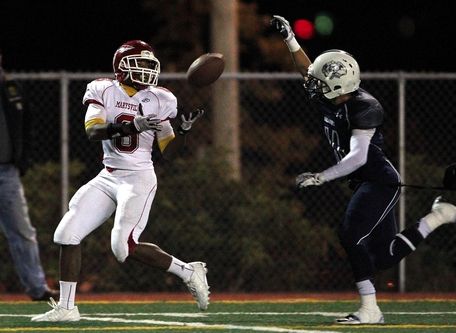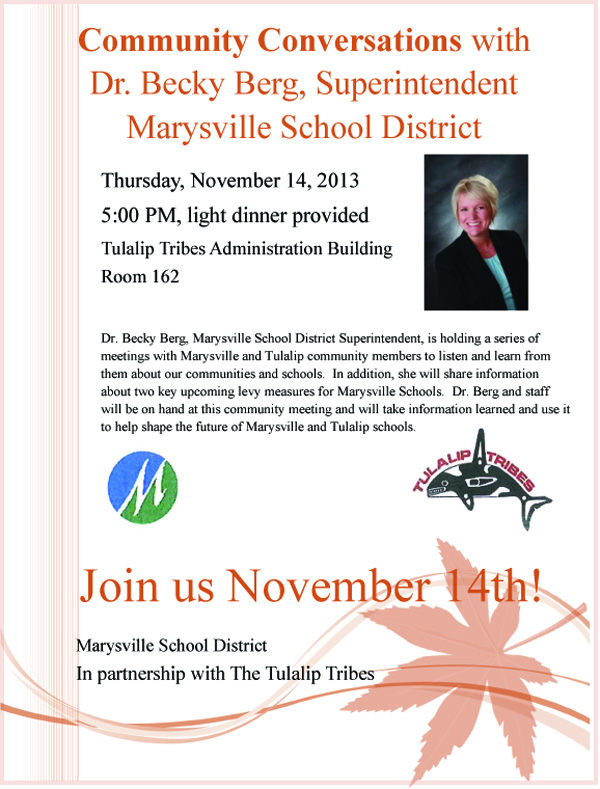By Richard Walker, Indian Country Today Media Network
Out of the Pacific Northwest come some visionary ideas for the protection of rights, exercise of sovereignty, intercultural understanding and meeting our future energy needs. Several of the leaders profiled in ICTMN’s recent compilation of tribal climate-adaptation plans were from Northwest tribes.
RELATED: 8 Tribes That Are Way Ahead of the Climate-Adaptation Curve
There are standouts in other areas as well. Whether they’re ensuring a long-term, sustainable energy supply, educating youngsters about Native history or standing up for prevention of violence against women, these five people are rocking the world with their forward thinking, innovation and commitment to social justice.
1. Deborah Parker, Tulalip: Protecting Native Women Under VAWA
Deborah Parker, Tulalip (Photo: MSNBC)
Parker had a vision of an America in which Native American women received the same protection from violence as other women got. The freshman Tulalip Tribes Council vice chairwoman put her lobbying skills—and her personal story as a survivor of physical and sexual violence—behind the effort to win protections for Native women in the federal Violence Against Women Act (VAWA).
Partly as a result of her efforts, the latest version of VAWA empowers tribal law and justice officials to arrest and prosecute non-Indians who commit crimes against women on tribal lands. Previously, federal prosecutors declined to prosecute a majority of violent crimes that occur in Indian country, including a large number of sexual abuse–related cases.
RELATED: Ending Violence Against Women: 19 Years of Progress
While lobbying for expansion of VAWA, Senator Patty Murray, D-Washington, cited data showing that statistically, in one year alone, 34 percent of Native women will be raped, 39 percent will be subjected to domestic violence, and 56 percent will marry a non-Indian “who most likely” would not be held liable for any violent crime committed if the tribal provisions were not included in the legislation.
“It’s a better bill because it not only ensures that existing safeguards are kept in place, it also expands protections to cover those who have needlessly been left to fend for themselves,” Murray said.
2. John McCoy, Tulalip: Teaching Native Culture in Public Schools
His leadership in the Washington State House of Representatives has yielded empowering legislation: Native culture now must be taught in public schools. Tribes can also start and operate their own schools. Tribal governments can gain control from the state over criminal and civil matters on Tribal lands. Qualified tribal police officers can become state-certified, giving them the authority to arrest non-Indians and enforce state law on tribal lands.
McCoy is chairman of the legislature’s Community Development, Housing and Tribal Affairs Committee and is widely viewed as a strong voice for education and technology. He’s a champion of economic development on and off the hill. As general manager of Quil Ceda Village on the Tulalip reservation, he helped guide development of the village into an economically diverse community. It’s now the second-largest jobs provider in Snohomish County.
3. Gabe Galanda, Round Valley Indian Tribes: Paving the Red Road to Recovery for Inmates
Gabe Galanda (Photo: Courtesy Galanda & Broadman)
The efforts of this Seattle-based lawyer are helping Native Americans in prison to walk the red road to recovery. Galanda formed the nonprofit organization Huy (pronounced “Hoyt”) essentially meaning “I’ll see you later.” (Coast Salish people do not have a word for “goodbye.”) In Washington state, Huy won changes in policies that blocked Native American inmates’ access to traditional religious practices and sacred items.
Huy is lobbying for similar changes nationwide. The organization asked the U.N. Human Rights Committee for an inquiry into restrictions upon Native inmates’ religious freedoms, and appeared as a friend of the court in support of those freedoms. Galanda argues that restricting such freedoms violates federal, state and international law. For some Native inmates, walking the red road while behind bars is the only road to rehabilitation and survival.
“Today’s powwow, everything that we do is to give back, to show our kids and our families that we’re going to work on getting back to those ways, getting back to spirituality and things that matter,” inmate Seymour Ruben told the Cheney Free Press during an August 1 powwow at Airway Heights Corrections Center.
4. Jeff Morris, Tsimshian: Revolutionizing Energy Conception and Consumption
Jeff Morris (Photo: Washington State Democrats)
Morris’s leadership in and out of the Washington State House of Representatives has changed the way Washingtonians think about and consume energy. During his tenure as chairman of the House Energy Committee, he has helped enact laws that improve energy efficiency and facilitate investment in green technology in the Evergreen State. Washington was one of the first states to adopt energy efficiency laws on appliances; by 2020 those efficiencies will conserve enough energy to power more than 90,000 homes, Morris has said. The legislature created minimum efficiency standards and testing procedures for 18 categories of electrical products.
The state Commerce Department must identify barriers to achieving zero net energy consumption and ways to overcome those barriers in updates to the state energy code. Recent changes to the state energy code are expected to result in a 70 percent reduction in energy use in new homes and buildings by 2031. Long-term loans are available to enable consumers to make energy efficiency and renewable energy improvements; borrowers repay the loans in their monthly utility bills.
When he’s not at the state capitol, Morris leads an institute that instructs U.S. and Canadian legislators on energy infrastructure and delivery, enhancing their ability to ensure that the region has a stable, secure and affordable energy supply and delivery system.
5. Darrell Hillaire, Lummi Nation: Standing Strong Against Drugs
Darrell Hillaire (Photo: Lummi Nation News)
The former chairman and current treasurer has never been afraid to take tough measures to improve the quality of life for his people. During his chairmanship, the Lummi initiated the Community Mobilization Against Drugs Initiative, which launched a tough yet culturally based attack on drug abuse in the community—investing in resources for investigation and prosecution, drug testing, surveillance cameras, banishment of dealers from the reservation and burning down drug houses.
This year he showed his creative chops, becoming a multimedia producer to improve intercultural relations and non-Native understanding of the Lummi and their story. He produced an audio version of a popular book on Coast Salish culture; a short film on a foster child’s return home to the reservation, including a dream sequence featuring animated Coast Salish figures; and a stage production on unkept promises from the 1855 Treaty of Point Elliott. The play has been performed before sellout crowds at Bellingham High School, Silver Reef Casino Hotel Resort and Seattle University.
Hillaire also used the productions to build intergenerational relationships, involving elders as well as students from the Lummi Youth Academy he founded.
Read more at http://indiancountrytodaymedianetwork.com/2013/11/05/5-visionaries-pacific-northwest-152085



















